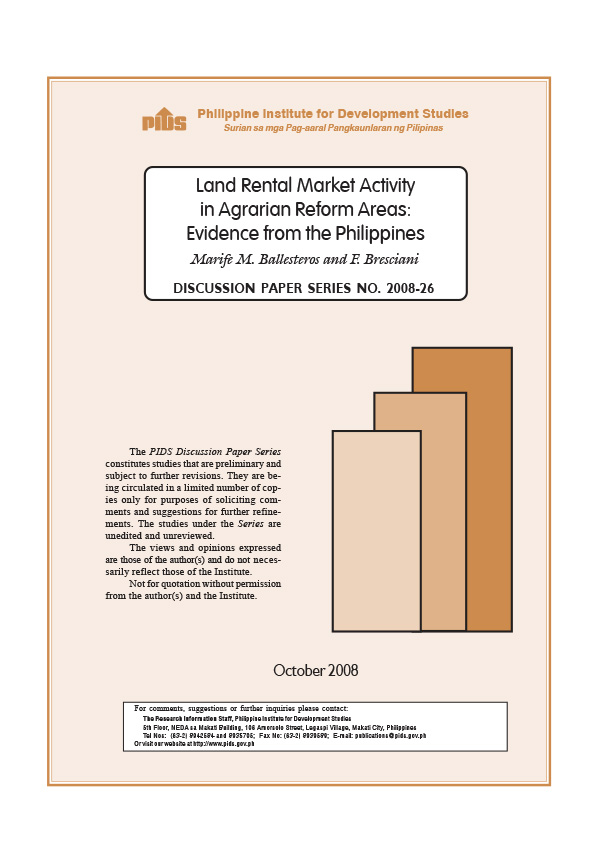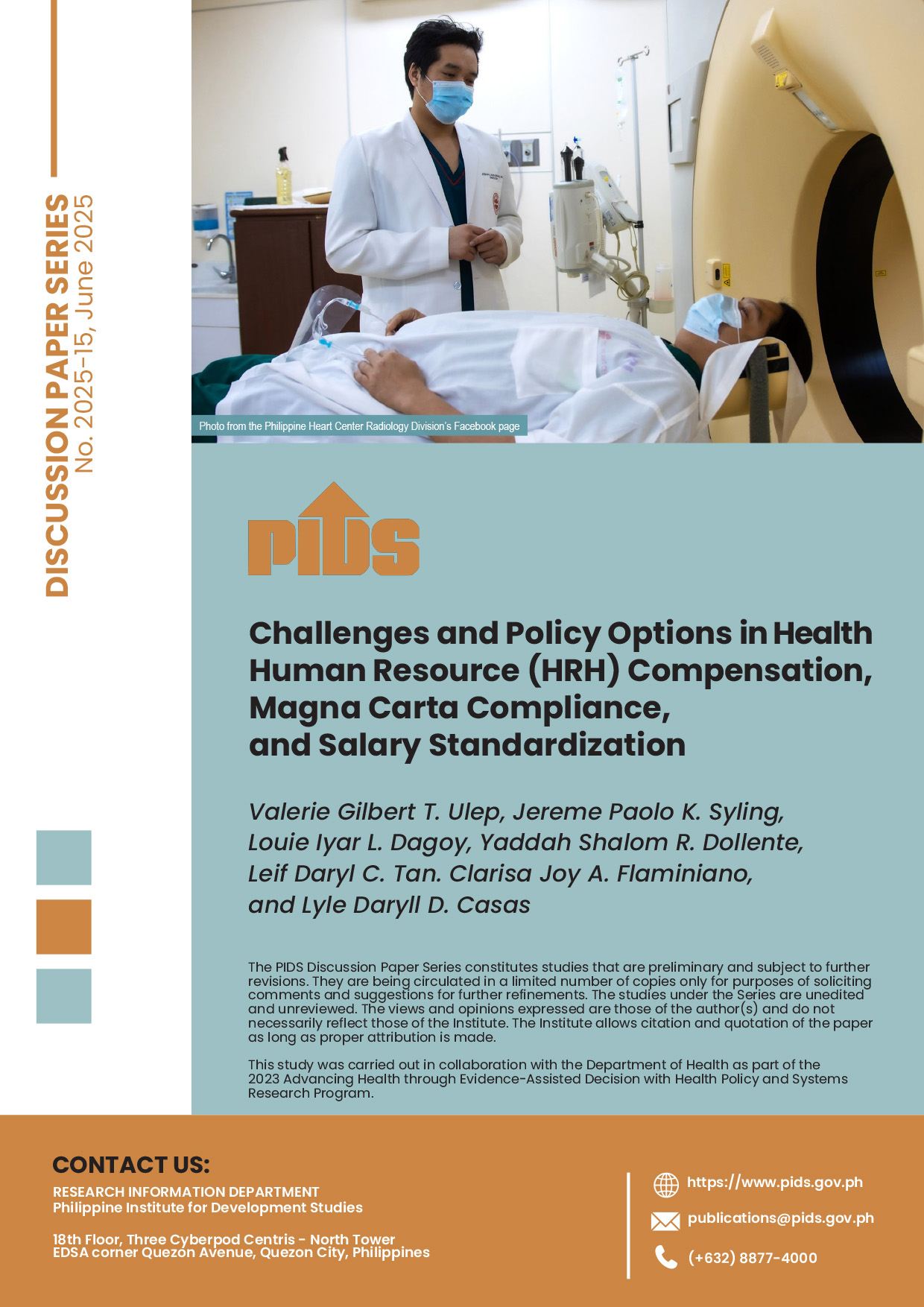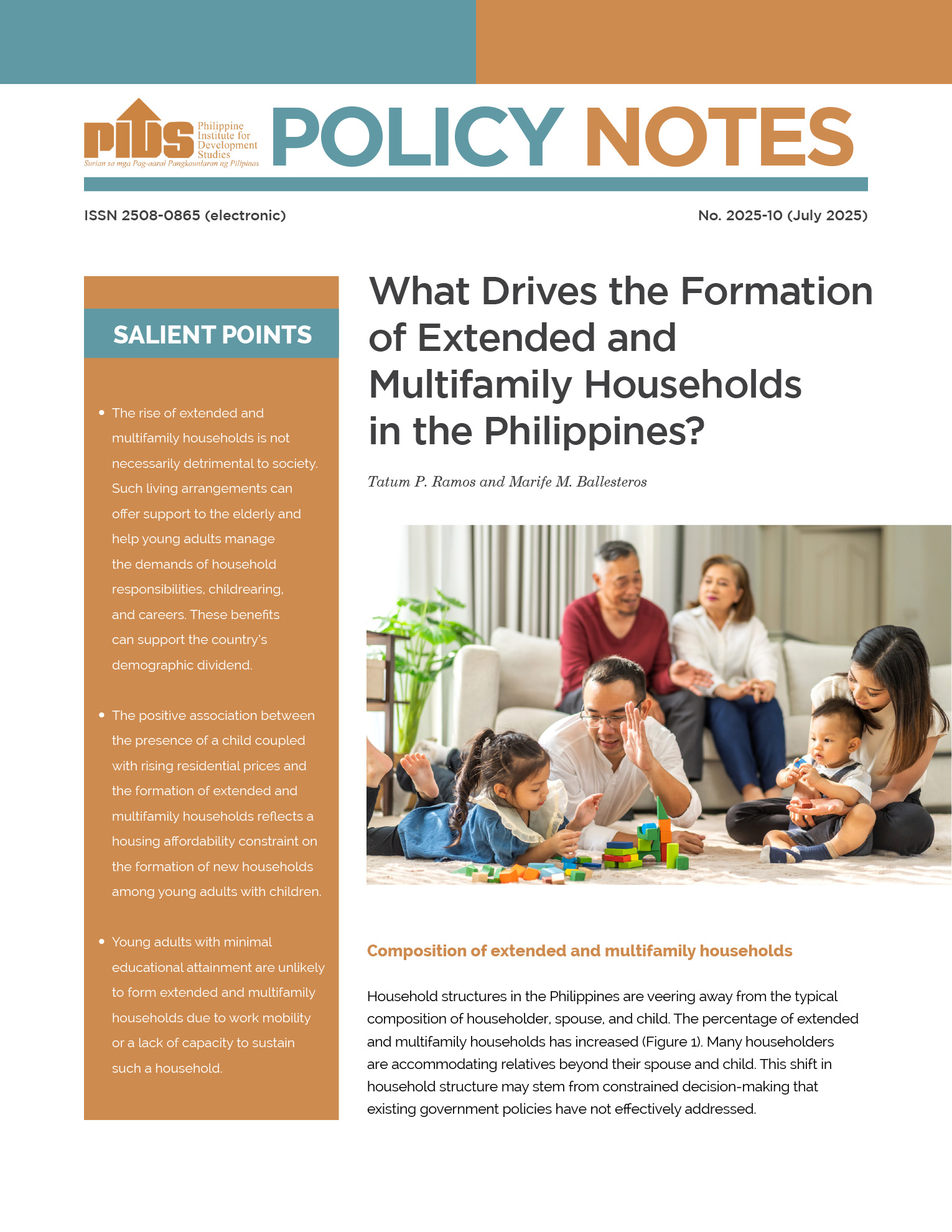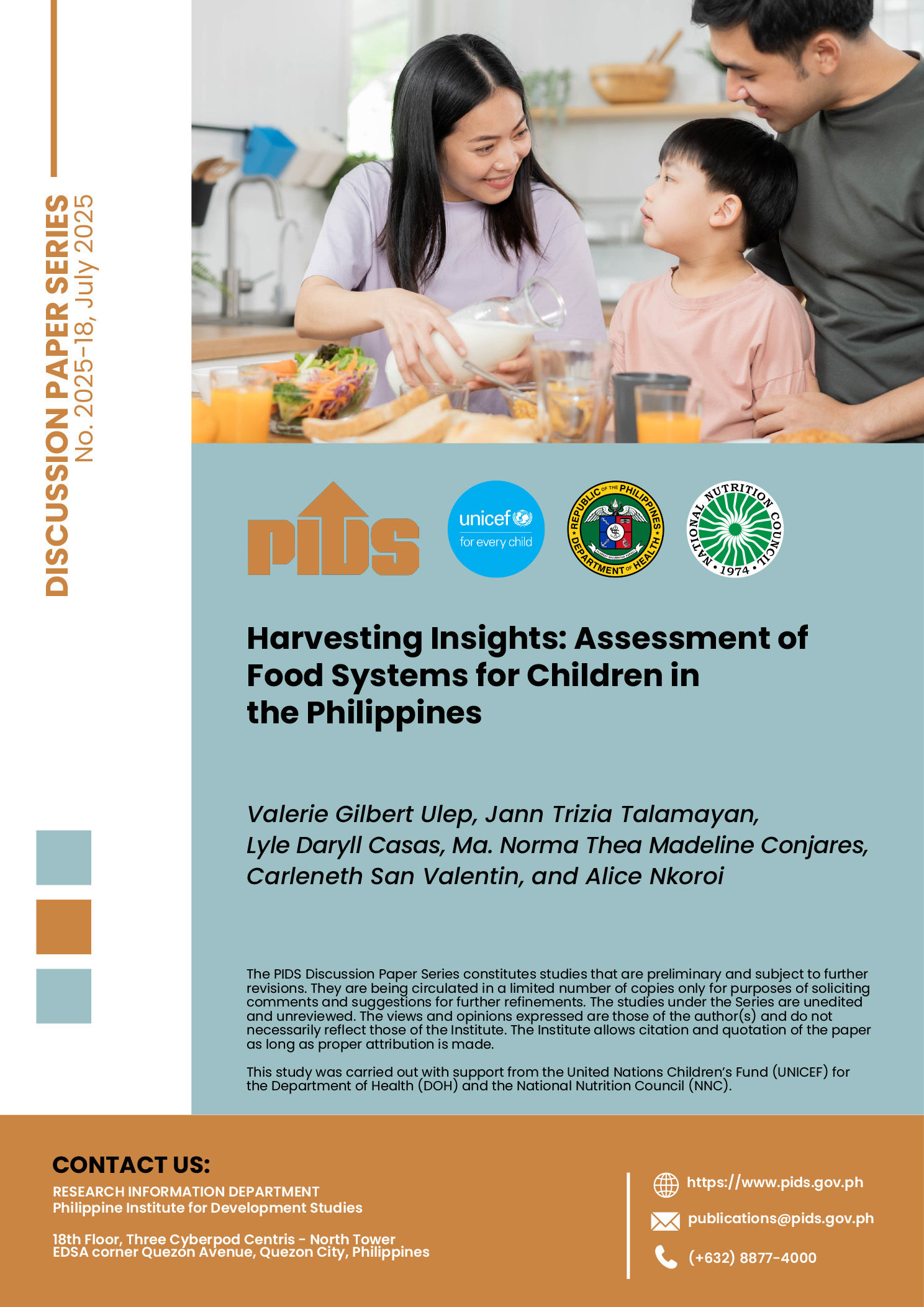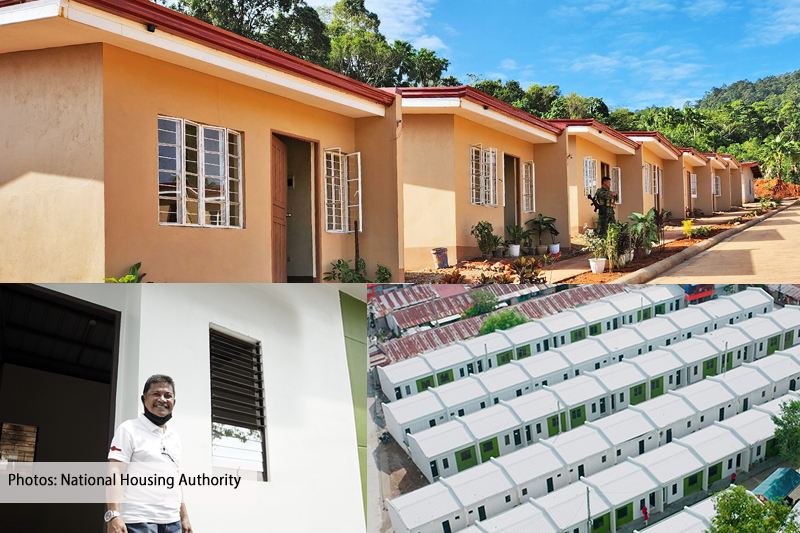Using data from 3,120 farm households surveyed in 2000 and 2006, the paper tests for factors that affect the degree and extent of households’ participation in the rural land rental market. The survey period coincided with the full implementation of the Comprehensive Agrarian Reform Program (CARP) which imposes restriction on the conveyance and transfer (including rental) of all lands awarded under the program. Econometric results show that the rural land rental market is not functioning efficiently. Transaction costs in land leasing are significant resulting in high proportion of nonparticipants and incomplete adjustment toward desired cultivated area for households that participate in the market. Moreover, the poor and landless have limited access to the land rental market since participation in the market is not determined by agricultural ability but is strongly influenced by endowment of land and access to formal credit. While households with less land tend to rent-in more land, the demand for land increases for household owning land more than five hectares. On the other hand, the wealth bias of rural credit market is creating more barriers for the poor to access land. The poor has been able to participate in the rental market through share tenancy arrangements but dependence on informal credit markets constrains them to operate desired cultivated area. The twin effects of inefficient land rental market and credit market imperfections can offset labor advantages of family farms and cause farms to operate below optimal level. The need to achieve an efficient farm size is critical for rural development and should be viewed separately from land ownership. In particular, the land rental market plays a critical role in access to land by the poor and in households’ adjustment to an optimal farm size. It would thus be desirable for the government to improve the regulatory framework for the land rental market to operate efficiently.
Citations
This publication has been cited 6 times
- O'Neill, Stephen and Kevin Hanrahan. 2010. The importance of accounting for unobserved heterogeneity, state-dependence and differences in residual variances across groups: An application to Irish Farmers land market participation decisions. Working Papers 1005. Rural Economy and Development Programme,Teagasc.
- Fabella, Raul V.. 2014. Comprehensive Agrarian Reform Program (CARP): Time to let go. Philippine Review of Economics, 51, no. 1, 1-18. (via RePEc)University of the Philippines School of Economics and Philippine Economic Society.
- Fabella, Raul V.. 2014. Comprehensive Agrarian Reform Program (CARP): Time to let go. UP School of Economics Discussion Papers 201402. University of the Philippines School of Economics.
- Lanzona, Leonardo. 2019. Agrarian reform and democracy: Lessons from the Philippine experience. MPRA Paper 99166. University Library of Munich, Germany.
- Lanzona, Leonardo A. Jr.. 2019. Agrarian reform and democracy: Lessons from the Philippine experience. Millennial Asia,10, no. 3, 272-298. Association of Asia Scholars.
- Monsod, Toby C. and Sharon A. Piza. 2014. Time to let go of CARP? Not so fast. Philippine Review of Economics, 51, no. 1, 19-27. University of the Philippines School of Economics and Philippine Economic Society.

